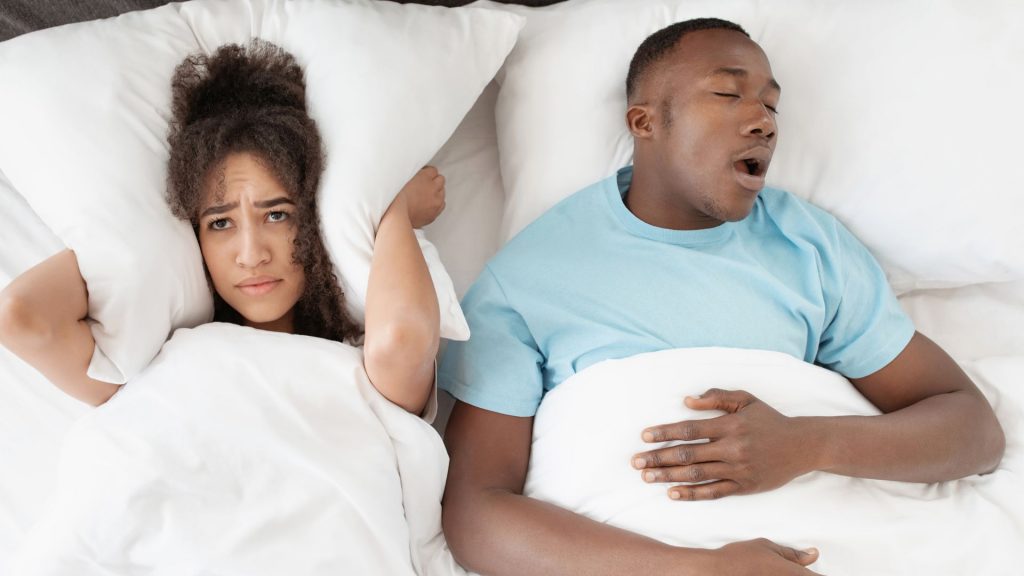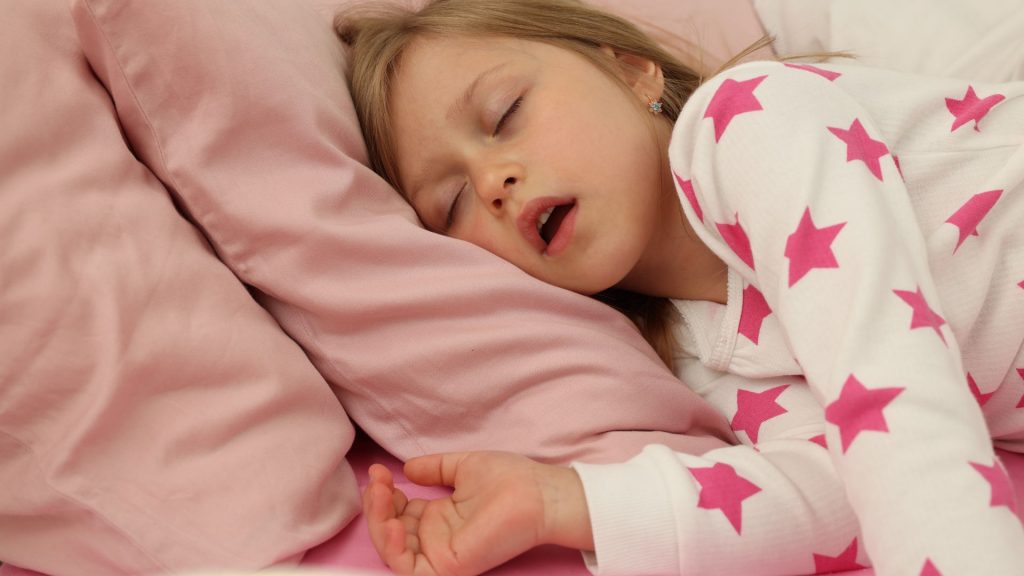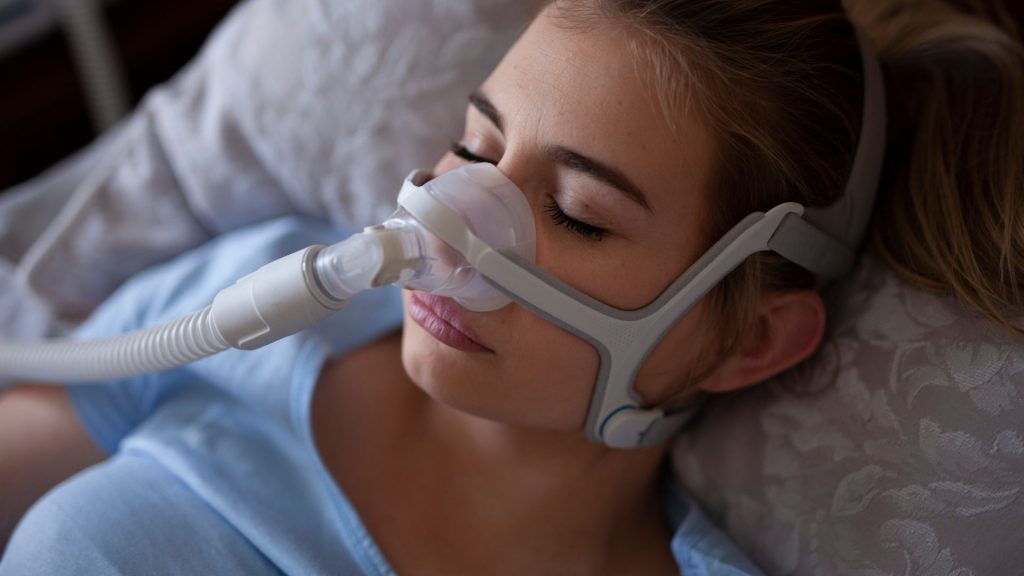Sleep apnea is a sleep disorder that affects millions of adults and children in the U.S. each year. Managing sleep apnea depends on each case, and most people aren’t aware that orthodontists often play a key role in a patient’s individual treatment plan. In today’s blog, we’ll talk about how orthodontics can come into play for sleep apnea treatment.
Did you know that orthodontists play a vital role for some sleep apnea patients, at both ends of the diagnosis and treatment process? Because orthodontists are specialists in facial and oral development, they are often the first medical professionals to recognize the signs of sleep apnea and refer patients to a physician. On the other hand, if a doctor believes the cause of sleep apnea is related to misalignment of teeth and/or jaws, they may refer the patient to an orthodontist.

An orthodontist can’t diagnose and treat sleep apnea by themselves, but they can perform an obstructive sleep apnea screening and work closely with the medical team to help manage the disease.
What is sleep apnea?
Sleep apnea is a sleep disorder that occurs when breathing repeatedly stops and starts during sleep. The most common type of sleep apnea, Obstructive Sleep Apnea (OSA) occurs when the throat muscles relax and block the flow of air into the lungs.
Although older adult men are at the highest risk for developing sleep apnea, this disorder also affects other adults and children. The most common and easiest-to-spot symptom of sleep apnea is loud snoring, though not everyone with sleep apnea snores. Here are the most frequent symptoms:
- Feeling tired or even exhausted when waking up
- Daytime sleepiness
- Snoring
- Mood changes (depression, anxiety)
- Disruptions in brain function
- Waking up repeatedly in the middle of the night
- Pauses in breathing while asleep that others witness
- Unusual breathing patterns
- Insomnia
- Night sweats
- Sexual dysfunction
- Waking up feeling short of breath or like you’re choking
- Headaches
Sleep apnea is not often fatal, but patients with sleep apnea have a higher risk of accidents, coronary artery disease, heart failure, high blood pressure, obesity, type II diabetes, memory deficits, stroke, and depression.

Sleep apnea in children
Pediatric sleep apnea is less common, affecting 2-3% of children. The main difference between adults and children with sleep apnea is that children most often experience a narrowed airway, while that of adults is blocked completely. Here are common symptoms of pediatric sleep apnea:
- Snoring, often with pauses, snorts or gasps between breaths
- Heavy breathing while sleeping
- Extremely restless sleep
- Bedwetting
- Daytime sleepiness or behavioral problems
Some research suggests that the symptoms of pediatric obstructive sleep apnea are sometimes mistaken for ADHD symptoms, and vice-versa. If your child has behavioral or attention problems, it could be because they aren’t getting enough restful sleep.
What do orthodontics have to do with sleep apnea?
An orthodontist’s expertise is in the structures and functions of the region near the upper airway, which is the area obstructed in patients with sleep apnea. That makes them particularly well-suited to identifying patients who may need medical intervention for sleep apnea. They can then refer the patient to a physician who will make the official diagnosis.

Positive-Airway-Pressure (PAP) machines are one of the most common and effective treatments for sleep apnea. If a dental arch issue or tooth/jaw misalignment is contributing to or causing a patient’s sleep apnea, however, orthodontics will be part of their multidisciplinary treatment plan.
Palate expanders (especially for children), braces, and other orthodontic appliances can help move the teeth and jaw into a position favorable to keeping the airways clear and open at night.
Conclusion
Sleep apnea is a potentially serious condition that can negatively affect health and quality of life. If you suspect that you or your child has symptoms of sleep apnea, talk to your primary care doctor or make an appointment with a TAO member orthodontist near you.
Sources
- Obstructive sleep apnea: a review for the orthodontist https://www.ncbi.nlm.nih.gov/pmc/articles/PMC10108585/
- Sleep Apnea: Symptoms and Causes https://www.mayoclinic.org/diseases-conditions/sleep-apnea/symptoms-causes/syc-20377631
- Can Orthodontic Treatment Help Sleep Apnea? https://aaoinfo.org/whats-trending/can-orthodontic-treatment-help-sleep-apnea/
- Sleep Apnea Statistics and Facts You Should Know https://www.ncoa.org/adviser/sleep/sleep-apnea-statistics/
- Sleep Apnea: What is it, Causes, Symptoms, and Treatment https://my.clevelandclinic.org/health/diseases/8718-sleep-apnea
- How Orthodontists Treat Sleep Apnea https://www.myorthos.com/insight/how-orthodontists-treat-sleep-apnea
- Pediatric Obstructive Sleep Apnea https://www.yalemedicine.org/conditions/pediatric-obstructive-sleep-apnea


0 Comments